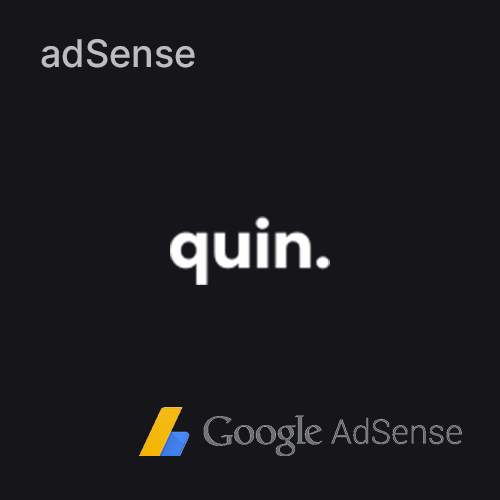From Facebook to TikTok: Navigating the Latest Social Media Trends
Social media has become an integral part of our daily lives. With the continuous evolution of technology, new social media platforms keep emerging, making it a bit challenging to keep up with the latest trends. In this article, we will explore the latest social media trends, how they have evolved over time, and how you can navigate them for maximum impact.
The evolution of social media
The concept of social media has been around for decades. However, it wasn't until the launch of platforms such as MySpace, LinkedIn, and Facebook that social media became a mainstream phenomenon. Since then, social media platforms have been evolving rapidly, with new platforms being launched every few years.
1. Facebook
The Rise of Facebook
Facebook was launched in 2004 by Mark Zuckerberg, and it quickly became the most popular social media platform in the world. Initially, Facebook was exclusively for college students, but it was eventually opened up to everyone.
The current state of Facebook
Facebook now has over 2.8 billion monthly active users, making it the most widely used social media platform. Facebook has also evolved beyond just a social media platform. It has become a hub for businesses, with many companies using Facebook to reach their target audience.
How to Leverage Facebook for your brand
To leverage Facebook for your brand, you need to have a well-defined target audience. You should also create engaging content that resonates with your audience. Additionally, Facebook advertising can be a powerful tool to reach your target audience.
2. Instagram
The Rise of Instagram
Instagram was launched in 2010 and was initially a photo-sharing app. However, it quickly evolved to include video content and became one of the most popular social media platforms.
The current state of Instagram
Instagram has over 1 billion monthly active users, and it has become an essential platform for businesses. Instagram is particularly popular among millennials and Gen Z, making it an ideal platform for brands targeting these demographics.
How to Leverage Instagram for your brand
To leverage Instagram for your brand, you need to create visually appealing content that aligns with your brand's messaging. Hashtags are also crucial on Instagram, as they can help you reach a broader audience.
3. Twitter
The Rise of Twitter
Twitter was launched in 2006 and quickly became popular due to its unique format of short-form content. Twitter's 280-character limit has changed the way we communicate on the platform, allowing for more concise and focused messages.
While some users may still prefer the brevity of the original 140-character limit, the expanded character count has given users more room to express their thoughts and ideas. This change has also made it easier to share links, images, and videos within tweets, increasing engagement and interaction on the platform.
Overall, the 280-character limit has been a positive change for Twitter, encouraging more meaningful conversations and enabling users to share more information in a single tweet.
The current state of Twitter
Twitter now has over 330 million monthly active users and has become a go-to platform for real-time news and conversations. Twitter is also an excellent platform for businesses to engage with their audience and build brand awareness.
How to leverage Twitter for your brand
To leverage Twitter for your brand, you need to be active and engage with your followers. It's also crucial to use hashtags and participate in relevant conversations to increase your brand's visibility.
4. TikTok
The rise of TikTok
TikTok was launched in 2016 and quickly became popular among Gen Z. The app allows users to create short-form videos with music and special effects.
The current state of TikTok
TikTok now has over 1 billion monthly active users and has become a major player in the social media landscape. TikTok's algorithm is unique, and it has become a hub for viral content and trends.
How to leverage TikTok for your brand
To leverage TikTok for your brand, you need to understand the platform's culture and create content that resonates with TikTok's audience. It's also crucial to participate in trends and use popular hashtags to increase your content's visibility.
5. Snapchat
The rise of Snapchat
Snapchat was launched in 2011 and quickly became popular among millennials. The app's unique feature was that the content disappears after 24 hours.
The current state of Snapchat
Snapchat now has over 280 million monthly active users and has become a hub for short-form content. Snapchat's audience is primarily younger demographics, making it an ideal platform for brands targeting Gen Z.
How to leverage Snapchat for your brand
To leverage Snapchat for your brand, you need to create engaging and visually appealing content that aligns with your brand's messaging. Additionally, Snapchat's sponsored lenses and filters can be an effective way to reach your target audience.
6. YouTube
The rise of YouTube
YouTube was launched in 2005 and quickly became the go-to platform for video content. YouTube has since evolved and has become a hub for influencers and content creators.
The current state of YouTube
YouTube now has over 2 billion monthly active users and has become a crucial platform for businesses. YouTube's algorithm is unique, and it rewards creators who consistently produce high-quality content.
How to leverage YouTube for your brand
To leverage YouTube for your brand, you need to create engaging video content that aligns with your brand's messaging. It's also crucial to optimize your videos for SEO and engage with your audience through comments.
7. LinkedIn
The Rise of LinkedIn
LinkedIn was launched in 2002 and has become the go-to platform for professionals. LinkedIn allows users to network, job hunt, and share professional content.
The current state of LinkedIn
LinkedIn now has over 756 million users, and it has become a hub for B2B marketing. LinkedIn is an excellent platform for businesses to reach professionals and decision-makers.
How to Leverage LinkedIn for your brand
To leverage LinkedIn for your brand, you need to create professional content that aligns with your brand's messaging. Additionally, LinkedIn advertising can be a powerful tool to reach your target audience.
Conclusion
Social media is constantly evolving, and it's crucial to stay up-to-date with the latest trends. By understanding each platform's unique features and audience, you can leverage social media to reach your target audience and build brand awareness.
Frequent Asked Questions
What is the most popular social media platform?
Facebook is the most widely used social media platform, with over 2.8 billion monthly active users.
What is the best social media platform for businesses?
The best social media platform for businesses depends on the target audience and business goals. LinkedIn is an excellent platform for B2B marketing, while Instagram and TikTok are ideal for reaching younger demographics.
How can I create engaging content for social media?
To create engaging content for social media, you need to understand your audience's interests and pain points. Use visually appealing graphics, videos, and GIFs, and create content that aligns with your brand's messaging.
What is the best time to post on social media?
The best time to post on social media depends on the platform and the target audience's location. Use social media analytics tools to determine the optimal posting times for your brand.
Can social media be used for customer service?
Yes, social media is an excellent platform for customer service. Respond to customer inquiries and complaints promptly, and use social listening tools to monitor brand mentions and sentiment.




